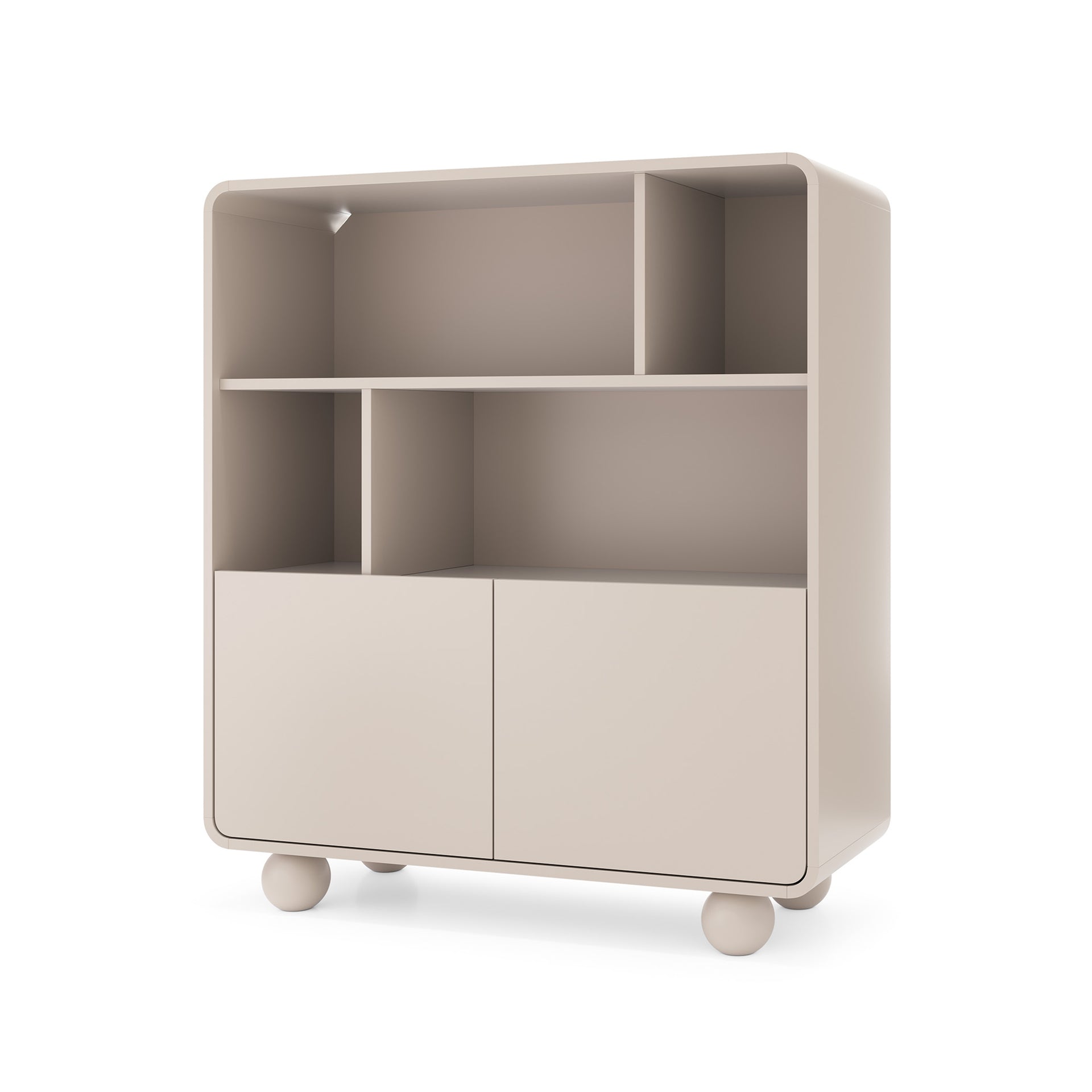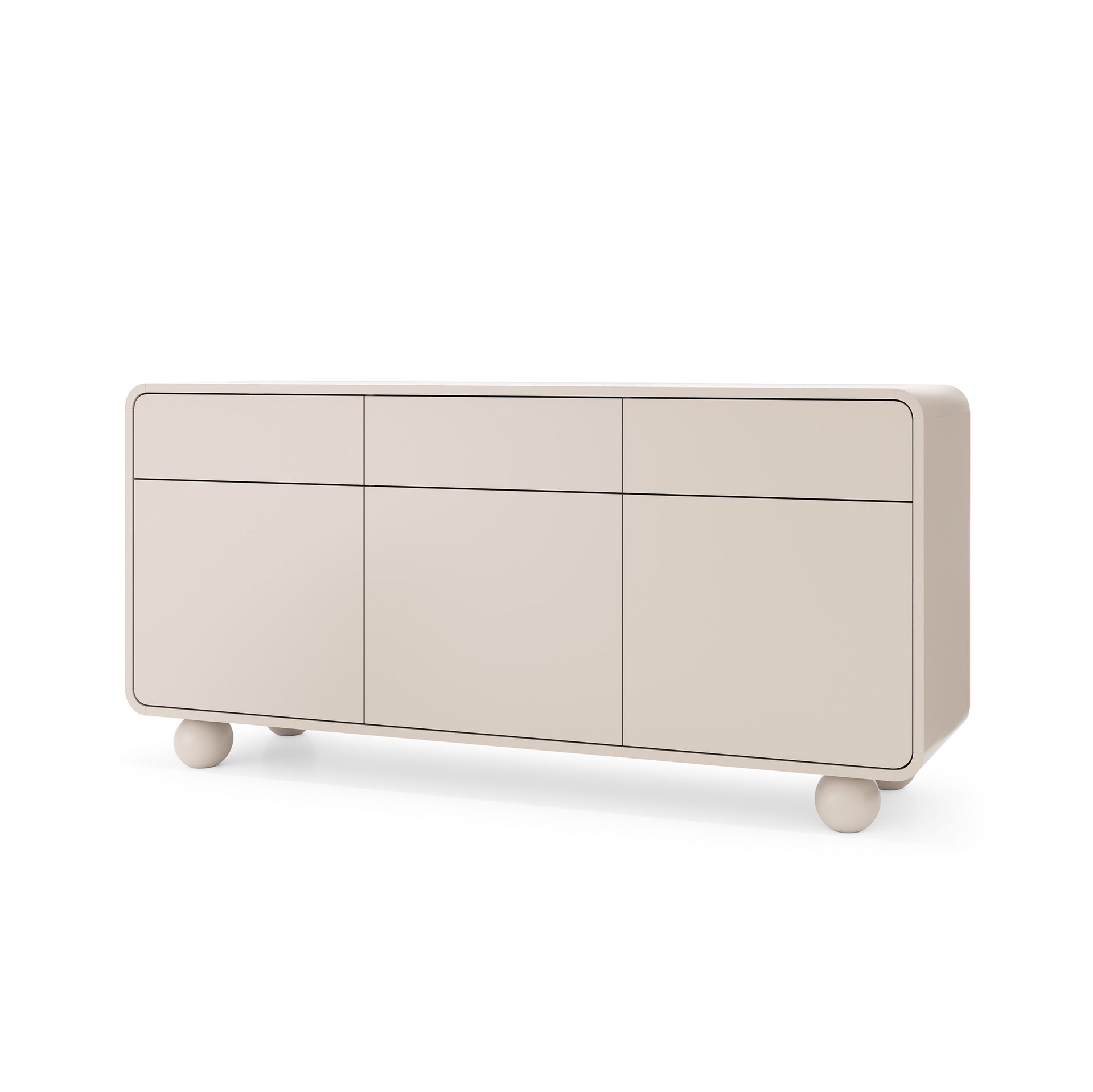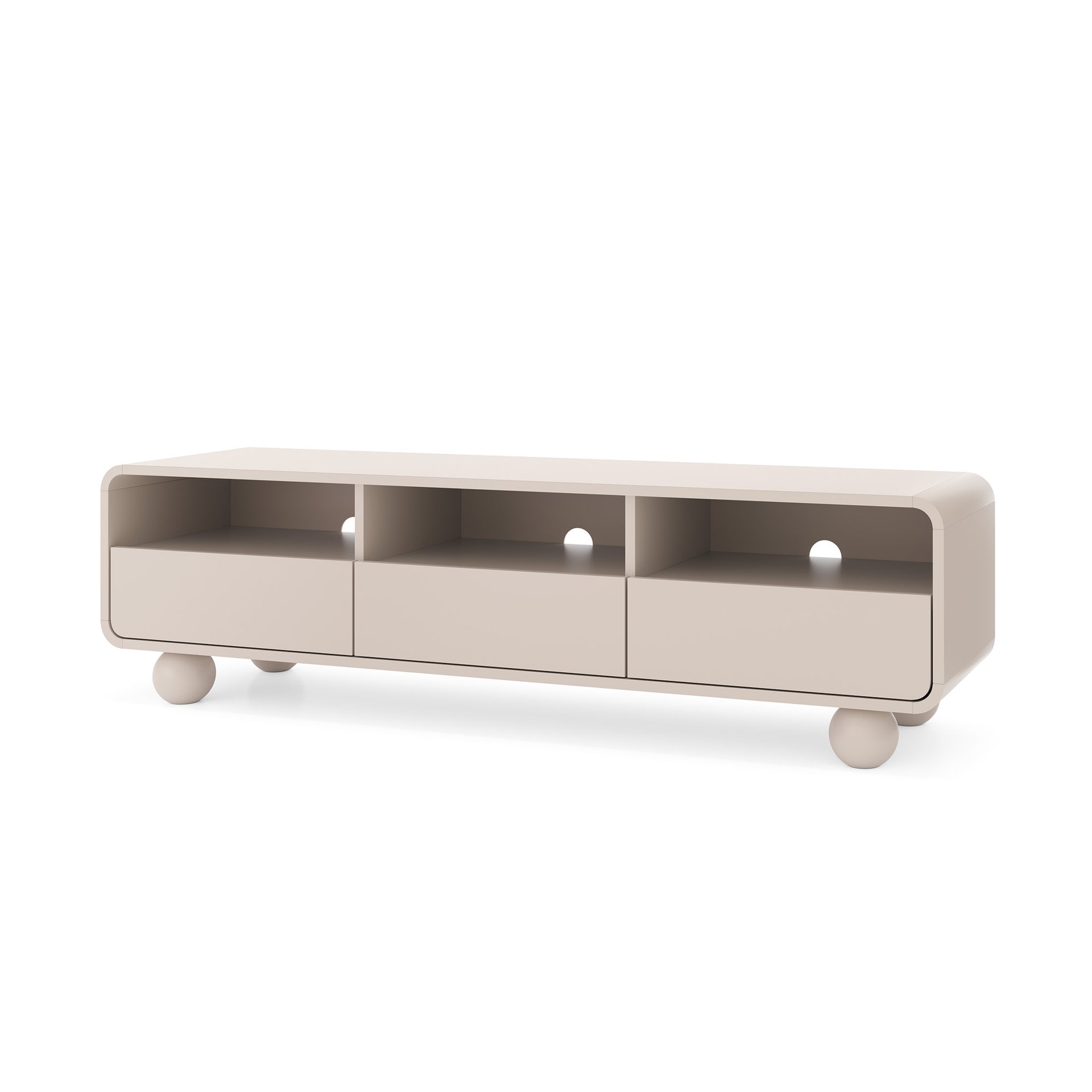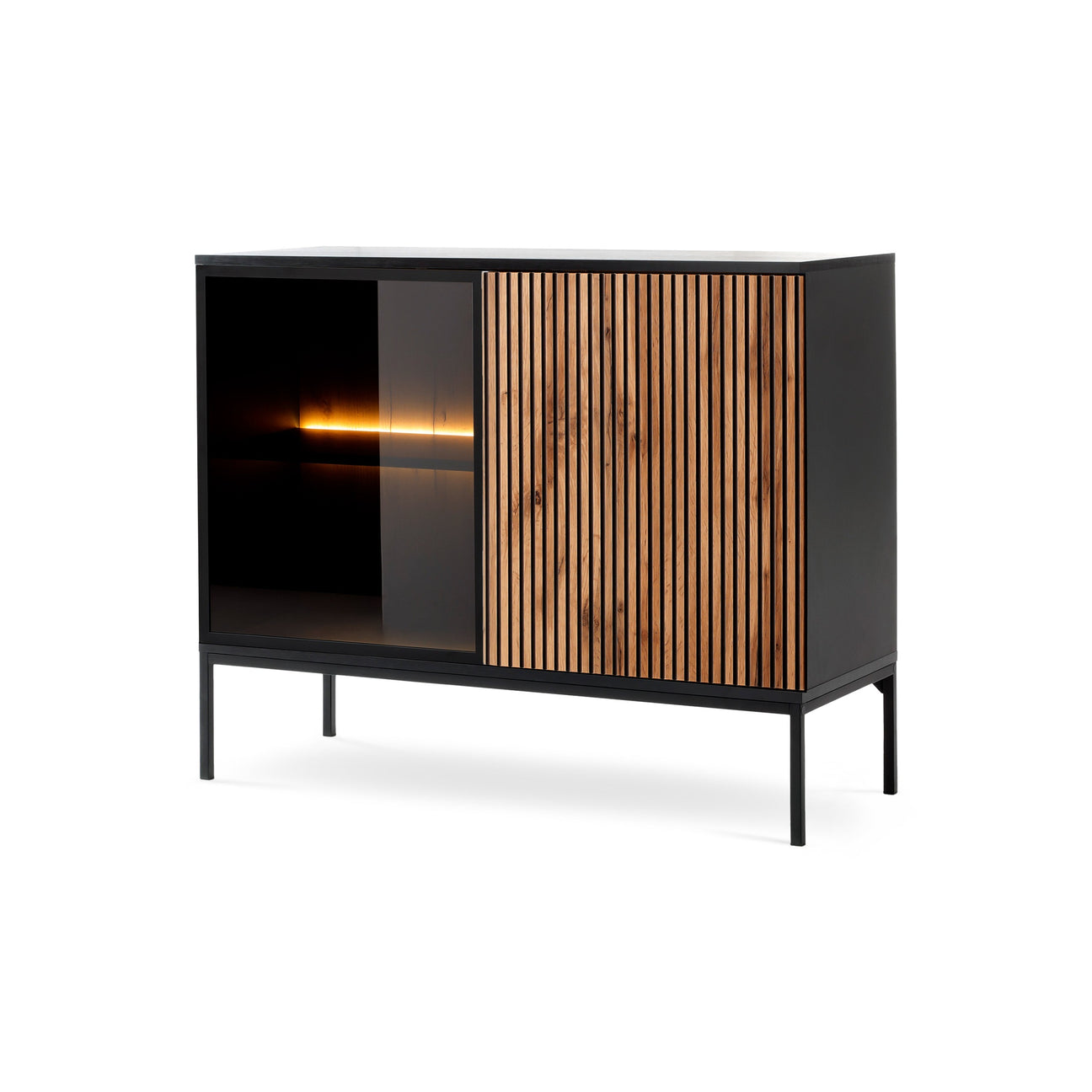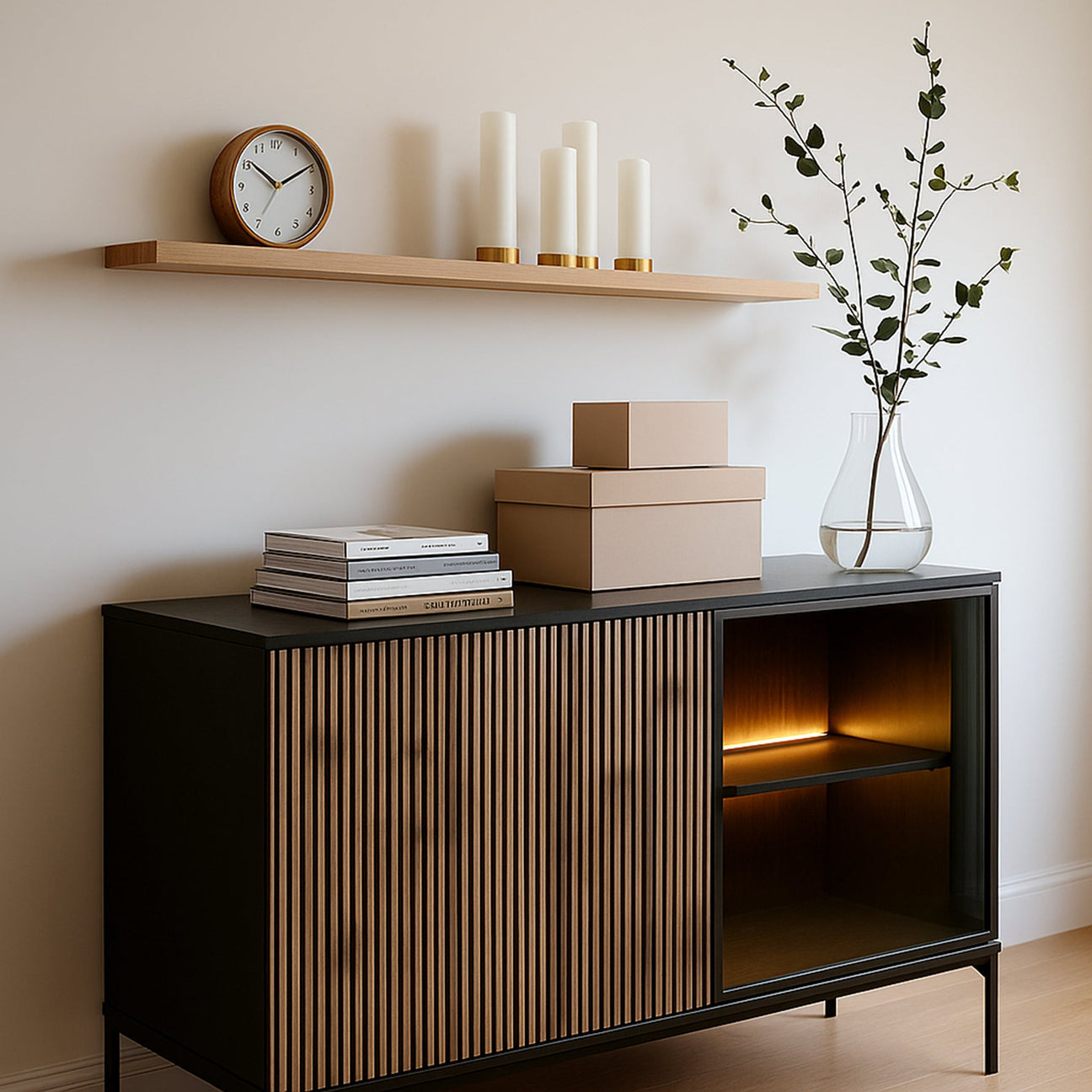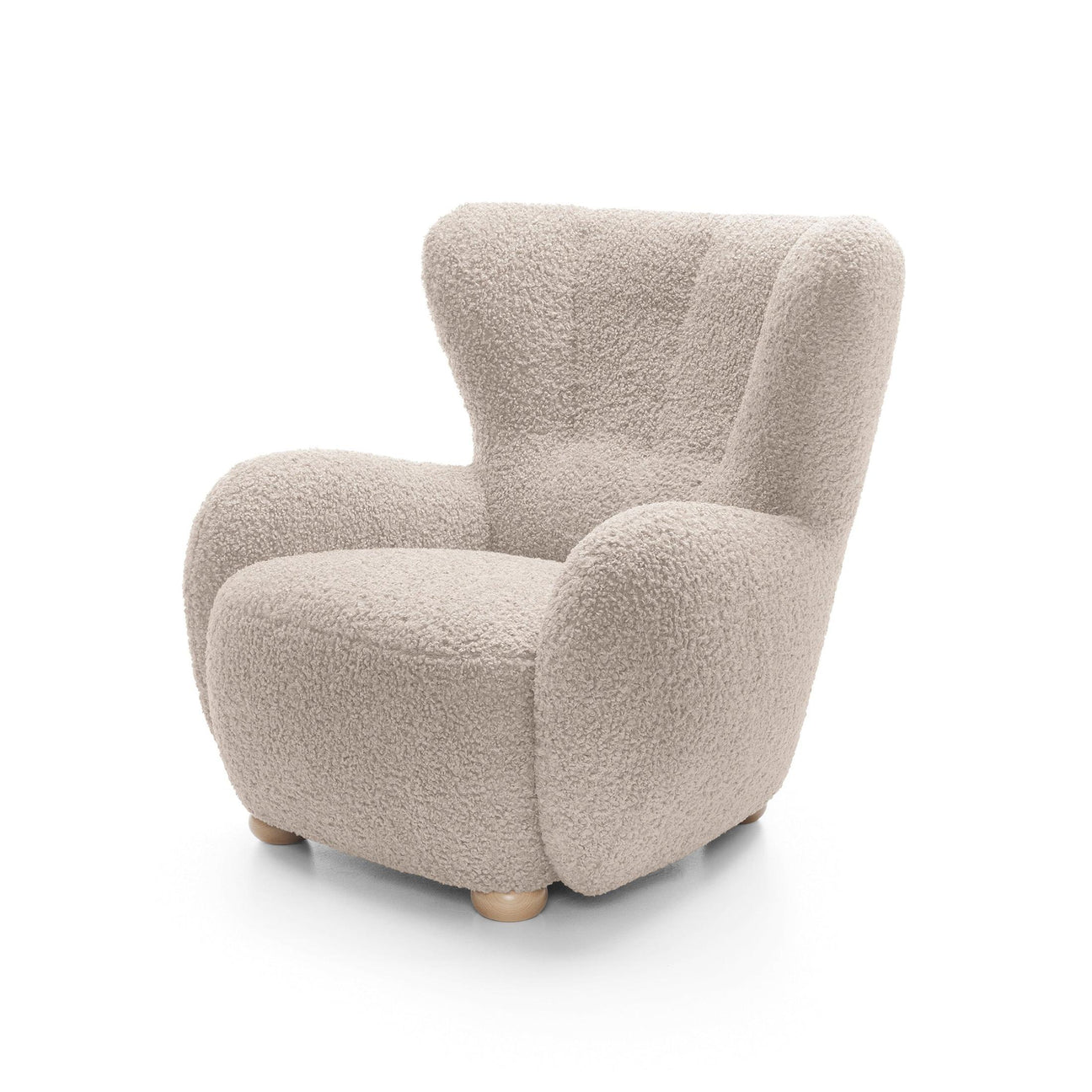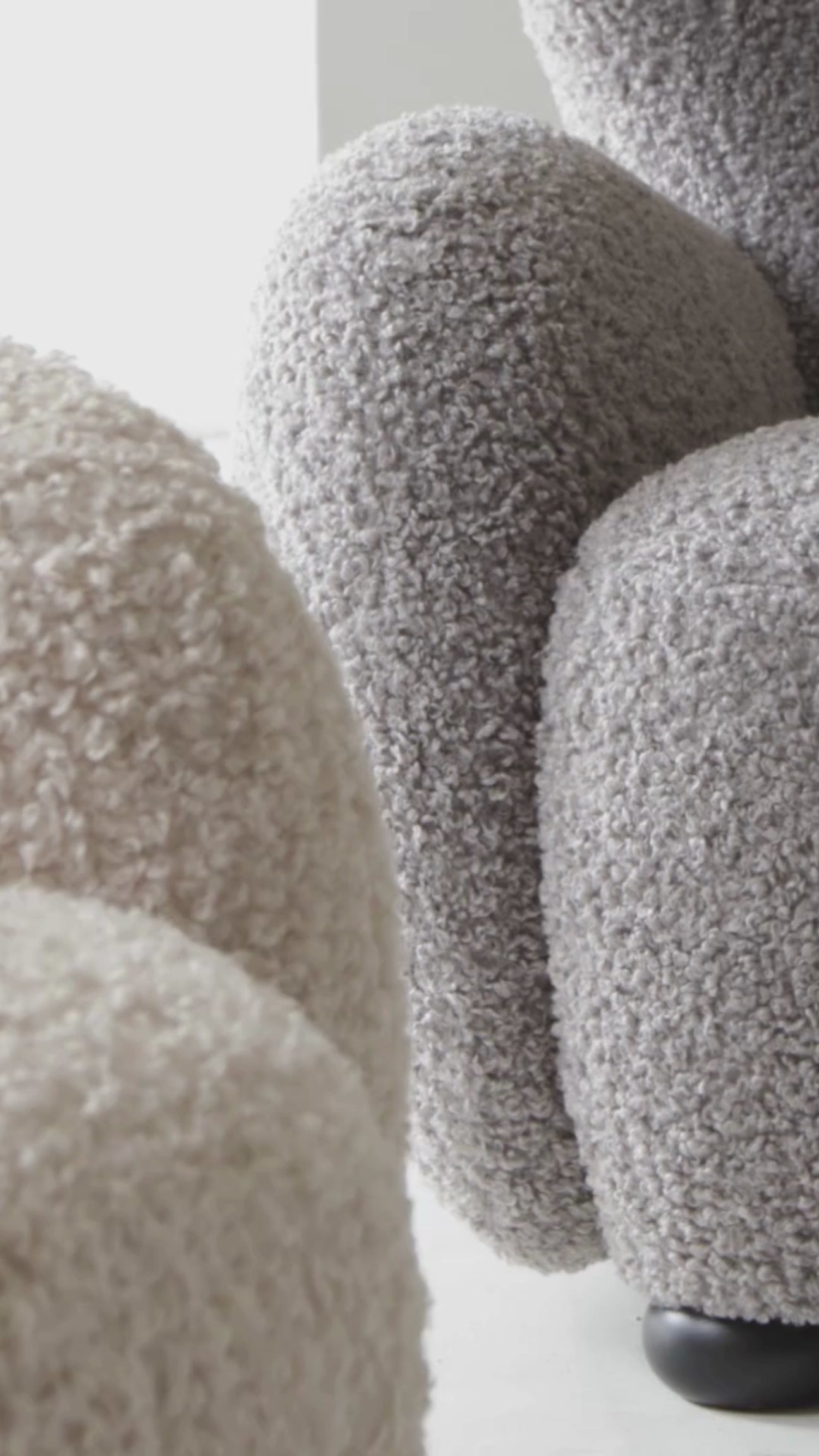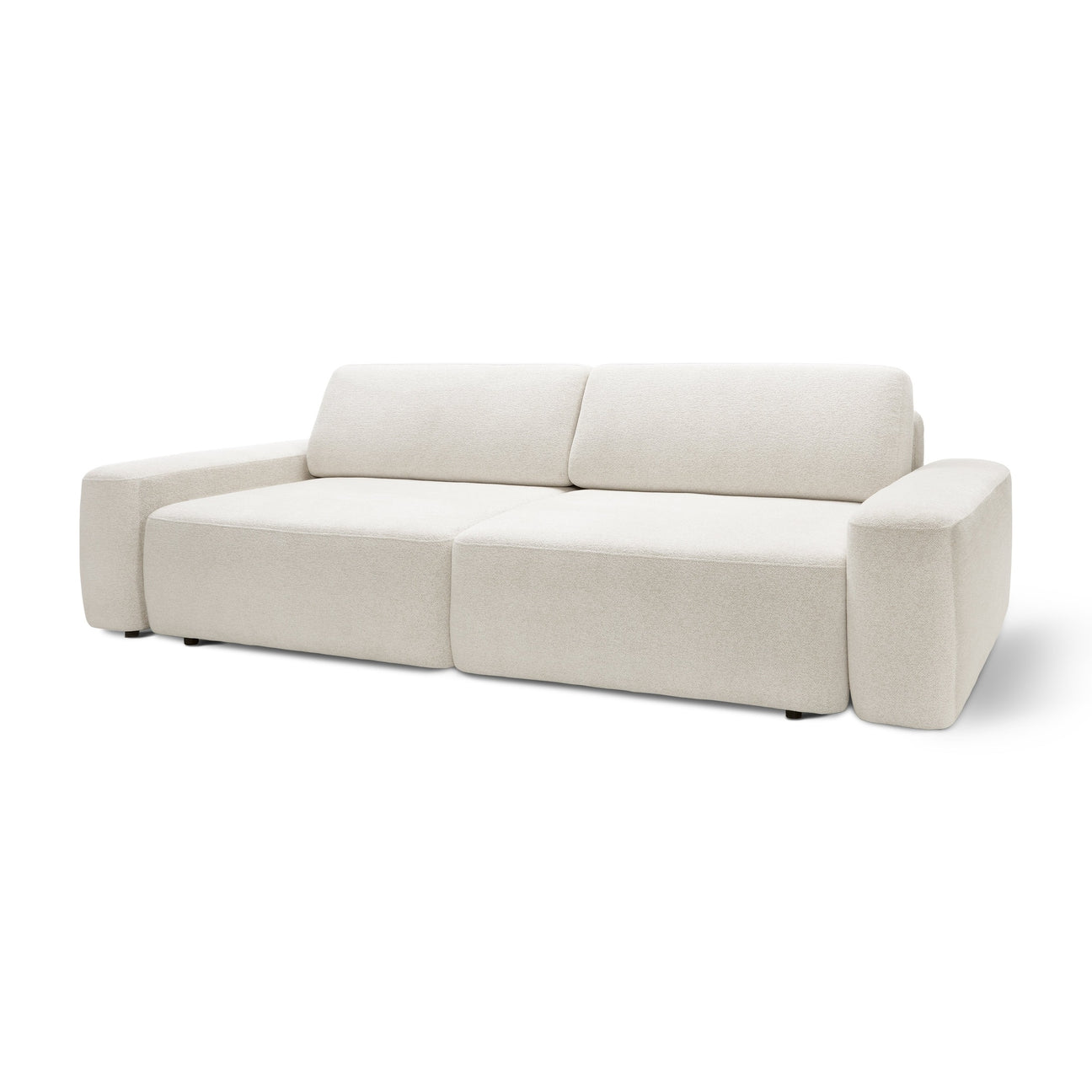Remember that moment when you wake up on a December morning and feel an icy breeze at your feet? Or you look at the electricity bill and wonder if you're heating the house or half the street? These are the consequences of autumn being all about "no time" and "I'll do it someday."
Fall isn't just about pumpkin spice lattes and oversized sweaters. It's the final call to prepare your home for what's coming. And with it comes frost, humidity, wind, and bills that can be overwhelming. But it doesn't have to be this way.
Why is autumn the perfect time to act?
September, October, November – this is your window of opportunity. The temperature is still warm enough to work outside without gloves. Experts are available because everyone else is postponing everything. Materials don't freeze in the garage. You can plan, execute, and improve with peace of mind.
Most importantly, you have time to check that everything is working. If you discover a problem in November, you can still fix it. If you discover it in January, when it's -15°C outside, you're in trouble.
Preparing your home for winter is an investment that pays off. Lower bills, fewer breakdowns, and greater comfort. This isn't money wasted. It's money invested in peace of mind.
Windows and doors – the first lines of defense
Start with what's most important – airtightness. Most heat escapes through windows and doors. It's like trying to fill a bathtub with a hole in the bottom. You can heat it all you want, and it'll still be cold.
Stand at a window and run your hand along the frame. Do you feel a draft? That's your signal. Check all the windows in the house. Every single one. Don't assume that just because one is airtight, the others are too.
Rubber seals in windows are a consumable item. After a few years, they harden, crack, and lose elasticity. Replacing them takes five minutes per window and a few zlotys. You unscrew the old one, push in the new one. The effect? Immediate.
If you have old wooden windows, check the condition of the glass filler. If it's cracked, replace it. Use a special window filler, not regular silicone. This is important.
Entrance doors – an often-overlooked topic. Check the threshold. If there's a gap between the threshold and the door that allows light to pass through, wind will be able to get through in the winter. Install a threshold strip or brush seal. It costs little, but has a big impact.
Don't forget about balcony doors, patio doors, and garage doors. Every leaky spot is an escape route for your heat and your money.

Heating – the heart of a winter home
Your heating system is an engine that will run non-stop for six months. You can't afford for it to break down in the middle of winter.
If you have a gas or oil furnace, schedule an inspection in September. A specialist will check all components, replace filters, clean combustion chambers, and check the pressure. This isn't optional. It's mandatory if you want peace of mind.
Radiators – bleed them before turning on the heat at full speed. If there's air in the radiator, it won't heat evenly. Open the bleed valve, wait until water starts flowing instead of air, then close it. Simple.
A heat pump requires its own maintenance – check the cleanliness of the exchangers and ensure there is enough space around the outdoor unit. Leaves, branches, and debris can all block airflow and reduce efficiency.
If you burn wood or coal in a stove, stock up on fuel now. Don't wait until the first frost, when prices skyrocket and the lines for eco-pea coal are like those for vaccines during a pandemic. Buy now, and stack dry. You'll thank yourself in winter.
Also check the condition of your chimney. A blocked, insufficiently cleaned chimney is a time bomb. Every year, people die from carbon monoxide poisoning. Don't be a statistic. Call a chimney sweep.
Roof and gutters – protection from above
Your roof works year-round, but winter is the hardest. Snow, ice, sudden temperature changes. If it has weak spots, winter will find them.
Fall is the perfect time to inspect your roof. No need to climb on it—binoculars or a zoom camera will do. Look for damaged tiles, cracks in the roofing felt, or loose pieces of sheet metal. Even a small hole in winter can become a major problem.
If you can safely access the roof, check the connections at chimneys and roof windows. These are the most common places where leaks start.
But before you tackle the roof, consider the gutters. They're the ones that drain water. When they become clogged, the water stagnates, freezes, expands, and deteriorates. Furthermore, it adds extra weight to the entire structure.
Clear your gutters of leaves, branches, and moss. Check that they're securely attached to the wall and that there are no holes in them. Install gutter screens if you have a lot of trees around your home—this will save you cleaning next year.
Also check your downspouts – they need to drain water as far away from the foundation as possible. If water is pouring directly against the wall, freezing and thawing in winter can seriously damage the foundation.
Facade and foundations – protection against the elements
Exterior walls are your protective shell. Every crack, every crevice, is a potential entry point for moisture. And moisture is a home's worst enemy.
Check the plaster. If it's peeling, cracking, or splitting, repairing it now will save you from replacing the entire wall in a few years. For small imperfections, use a repair mortar or regular exterior putty.
Pay particular attention to the baseboards , or the upper edge of the foundation. This is where water most often collects. If the paint is cracked or the plaster is peeling, the moisture will soak into the wall and slowly rise upward. This is called capillary action and can damage the entire ground floor.
Walk around the house and check the area around the wall. The ground should slope slightly away from the house. If water collects near the wall after rain, you have a problem. Level the ground, install drainage, do whatever you can to keep water away from the foundation.
Insulation – heat that stays inside
You can have the best furnace in the world, but if your house is poorly insulated, you'll be heating the street. Checking your insulation in the fall is the best investment.
Start at the top – in the attic or loft. Most heat escapes there. If you have an uninsulated, unused attic, lay mineral wool or polystyrene there. You don't need to insulate the roof – just add insulation to the ceiling of the top floor.
Walls are another topic. If the house is uninsulated, autumn is a good time to insulate the exterior. It's not too cold yet, the materials are easy to apply, and the adhesive is drying evenly. Styrofoam, mineral wool, the ETICS system – there are many options.
But even if you're not planning a major investment, you can still do a lot from the inside. Check your exterior walls with your hand. Are they cold? Add a bookcase or wardrobe—an extra layer of insulation always helps. Hang thicker curtains—especially at night when the temperature drops.
The floor is an often-overlooked area. If you have a wooden floor on joists above an unheated basement or crawl space, you could be losing a lot of heat. Consider adding insulation from below or at least adding thick carpeting.
Ventilation – a breathing home
An airtight house is good. But a house that's too airtight is a problem. Moisture must have somewhere to escape, air must circulate. Otherwise, the walls begin to become covered with mold, the windows condense, and the house becomes stuffy and unhealthy.
Check your ventilation grilles , especially in the bathroom and kitchen. Are they actually sticking? Place a piece of paper over them – if it sticks, the ventilation is working. If it falls off, you have a problem.
Clean the grilles. Dust, grease, cobwebs – all of these reduce airflow. Unscrew the grille, wash it with warm soapy water, dry it, and reinstall it.
If you have mechanical ventilation with heat recovery, replace the filters. The manufacturer recommends doing this twice a year. Fall is the ideal time. Dirty filters mean reduced efficiency and higher electricity bills.
Even if you insulate your home perfectly, you still need to remember to ventilate. A few minutes a day, with the windows wide open. Yes, it sounds like a waste of heat. But humidity costs more—both in terms of heating bills and health.

Water installation – protect the exterior
A frozen pipe is a nightmare. A burst pipe, flooding, and thousands of zlotys in losses. All you need to do is remember a few simple things.
If you have an outside faucet, shut off the water inside before the first frost and drain the remaining water. Turn on the outside faucet and leave it open. The water must drain completely, otherwise, as it freezes, it will expand and burst the pipe.
The same applies to installations in unheated garages, basements, and attics. If temperatures there are likely to drop below freezing, you'll need to either shut off the water and drain it, or insulate the pipes with foam insulation.
Roof drainpipes leading to rainwater or sewers – check for standing water. In winter, they will freeze and potentially burst.
If you have a well , check that the pump and installation are properly secured. An unheated well is a risk.
Garden – don't forget about greenery
You might think that gardening is a spring thing. But the plants that survive winter are those that receive proper care in the fall.
Watering – although it rains more in autumn, perennial greens like arborvitaes, beeches, and evergreen shrubs need water before winter. Well-watered plants tolerate frost better.
Mulching – Spread a layer of bark, leaves, and compost around sensitive plants. This will protect the roots from freezing. Young trees and shrubs especially need this.
Protection – if you have exotic plants that are sensitive to frost, wrap them in jute, agrotextile, or cardboard. Not plastic wrap – plants need to breathe.
Trim shrubs and ornamental grasses, but not too short – leaving stems provides additional protection for the roots.
And equipment – garden furniture, tools, flowerpots. Anything that might crack from frost should be stored in the gazebo, garage, or basement.
Electrical installation – safety comes first
In winter, we use electricity more often – it gets dark earlier, there are more lights, electric heaters, and heating blankets. The installation must be ready to handle the increased load.
Check your sockets and switches. If any are sparking, getting hot, or loose, replace them. This isn't something you can put off.
Fuses – make sure they're the right size for your installation. If they blow frequently, it's a sign that something's wrong. Don't replace them with stronger ones "to prevent them from blowing." That's asking for a fire.
If you use extension cords, don't overload them. Don't plug multiple space heaters into a single outlet using a power strip. This is a leading cause of fires during the winter season.
Outdoor lighting – check fixtures, replace burned-out bulbs. It gets dark faster in winter, so you need light in front of your house, at the entrance, and on the road.

Sensors and alarms – your electronic guards
Smoke detector – check if it's working. Press the test button. Replace the batteries. Do this even if the detector doesn't beep – better safe than sorry.
A carbon monoxide detector – if you burn wood in the furnace, this isn't an option. It's a necessity. Install one if you don't have one. Check if you do.
Moisture sensor – it might seem like overkill, but if you have a mold problem, one will help you monitor humidity levels. In winter, with closed windows and intense heating, humidity can spike to dangerous levels.
Inside – prepare your interior for winter mode
In winter, you spend more time at home. It should be a pleasant, comfortable, and warm place in every sense of the word.
Textiles – replace thin summer curtains with thicker winter ones. They also insulate and cozy up. Remove the light throw from the couch and place a warm blanket.
Place rugs where you walk barefoot: by the bed, in the living room, in front of the sofa. A cold floor isn't just uncomfortable; it's a real loss of heat.
Check the batteries in your thermostats. Replace them before they die, or you'll wake up to a freezing cold house.
Moving furniture – sometimes just moving the sofa away from a cold wall is enough to gain comfort.
What else? A list of little things that matter
Stock up on candles, flashlights, and batteries. Winter storms can knock out power for several hours.
Check the condition of your snow shovels, sandbox, and salt. Buy them before the first snow falls and everyone rushes to the store.
Car inspection – even though it's not your home, you can't be cut off from the world. Windshield washer fluid -25, winter tires, battery.
Pantry – stock up on supplies. Canned goods, pasta, rice. If winter comes, you won't have to leave.
When to start and how much does it cost?
Start in September. Seriously. Don't put it off until October, don't wait until November. The sooner you start, the more time you'll have to calmly work, improve, and react to surprises.
As for costs, it depends. You can build a house for two hundred zlotys if you do everything yourself and only need the materials. Or you can spend ten thousand if you call in professionals for everything.
But remember – every penny you spend now means several saved in the winter. It's not an expense. It's an investment.
What is all this for?
Because a home isn't just a building. It's the place where you create your life. In winter, when it's minus ten outside and the wind is lashing against the windows, you want to be sure it's warm inside. That you can put on a cozy sweater, make a cup of tea, curl up with a book, and feel safe.
Preparing your home for winter is about caring for yourself, for your loved ones, and for something more. It's about creating a space that cares for you as much as you care for it.
At Pillovely, we believe that the warmth of a home isn't just about the temperature. It's about feeling prepared. That you've done what you need to do. That when a snowstorm rages outside, you can calmly make yourself a cup of cocoa and not worry about a thing.
Because home is you. Home is your story. Home is the place that protects you from the world.
Prepare it well. Then just enjoy winter.
Pillovely – love for the warmth of home.


